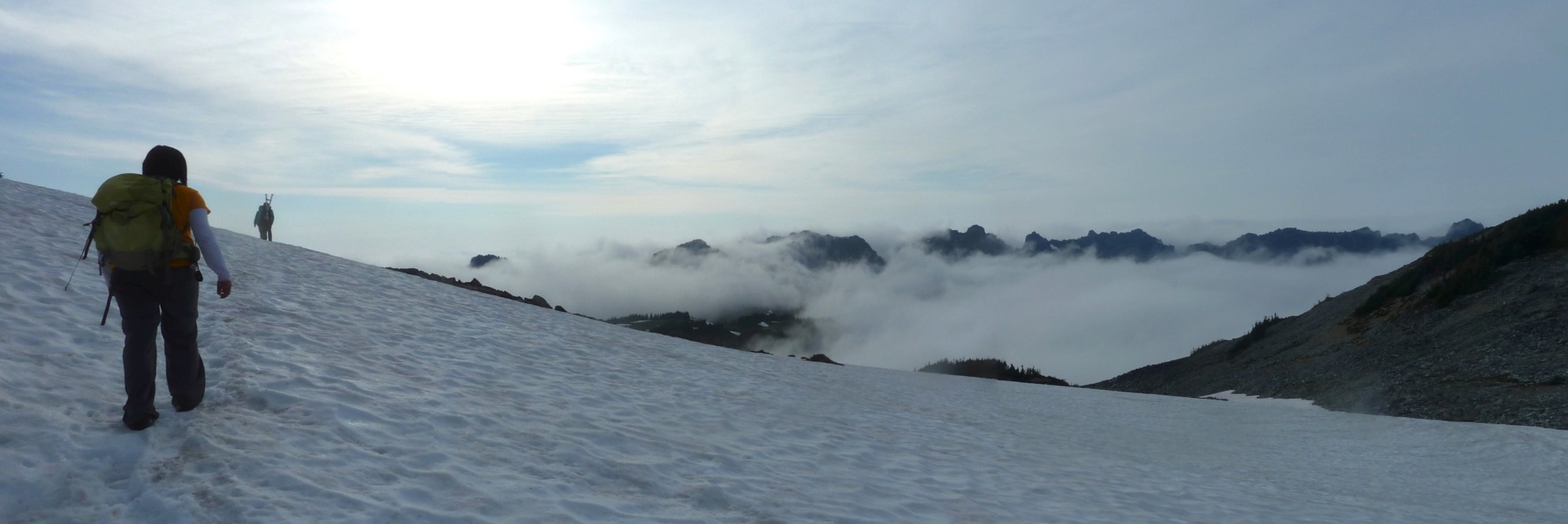As climate change accelerates, it is critical for scientists and policymakers to understand how climate influences the links between ecosystems and their social context. Surprisingly, despite increased attention to coupled analyses of social-ecological systems, there have been few studies that simultaneously measure how changes in climate drive changes in the temporal distribution of natural resources and the people that use those resources.
We measured how climate influences the spatial and temporal match between human visitors and seasonal displays of subalpine wildflowers at Mt. Rainier National Park, where wildflower blooms are a key visitor draw. We use a large, field-validated dataset derived from the Flickr photo sharing service and volunteer citizen scientists to show that the phenological match between these ecological and social systems is sensitive to the date that seasonal snowpack disappears.
Early snow melts, comparable to conditions predicted in the late 21st century, cause reduced temporal overlap between wildflowers and park visitors (by 17.4 to 48.9 %). In-line with ecological and social theory, we expect social-ecological mismatches in phenology to be common in systems where users of natural resources (i.e. park visitors) have imperfect information about climatic drivers of their resource, and where seasonal shifts in their behavior is constrained by non-climatic factors. Recent dramatic growth in the volume of georeferenced citizen observations coupled with recent advances in machine learning, will soon make it feasible to test these hypotheses at very large spatial scales.
